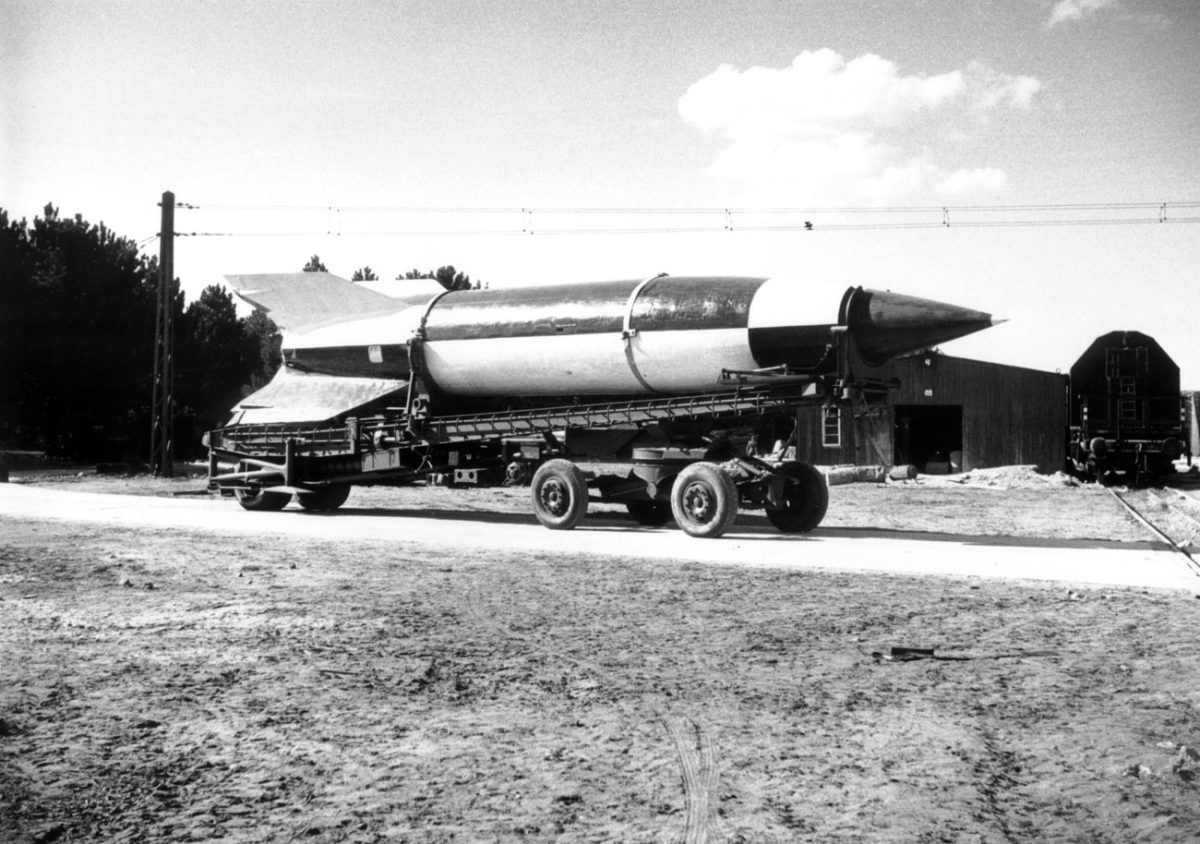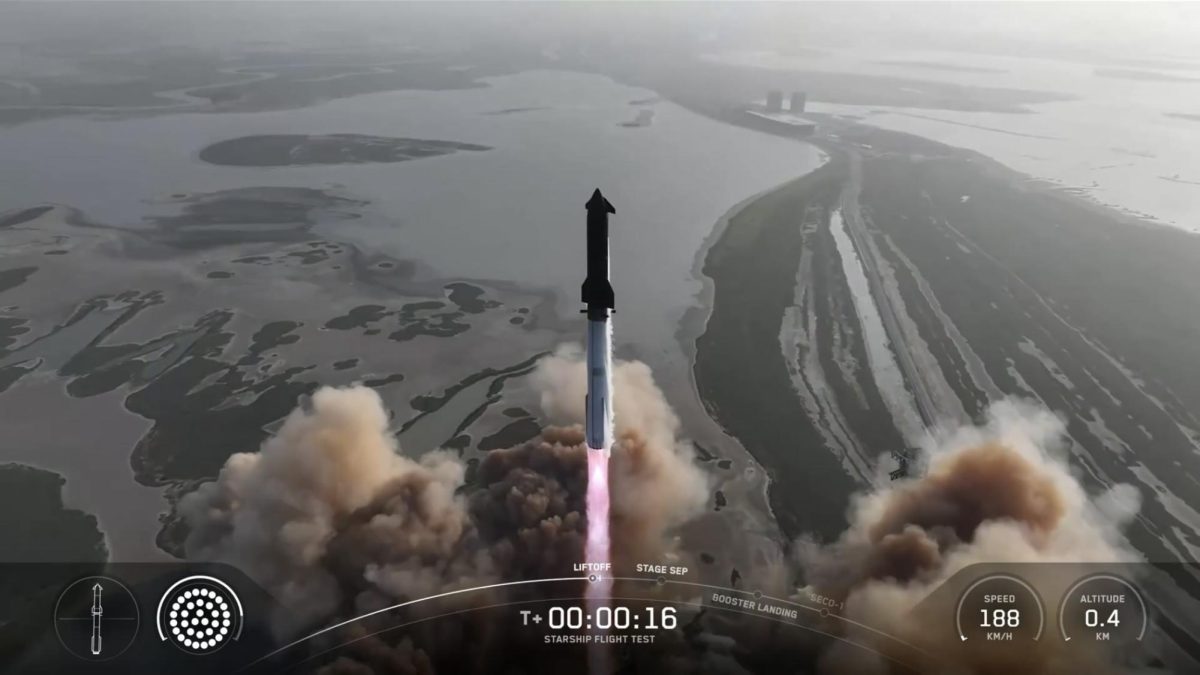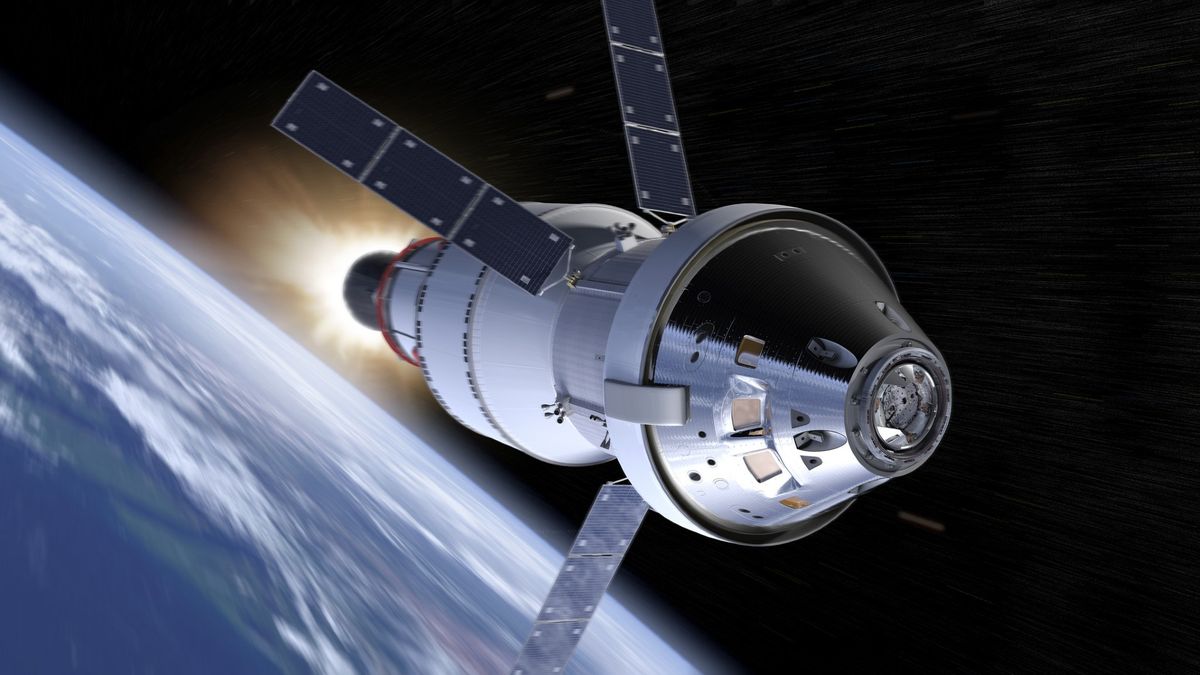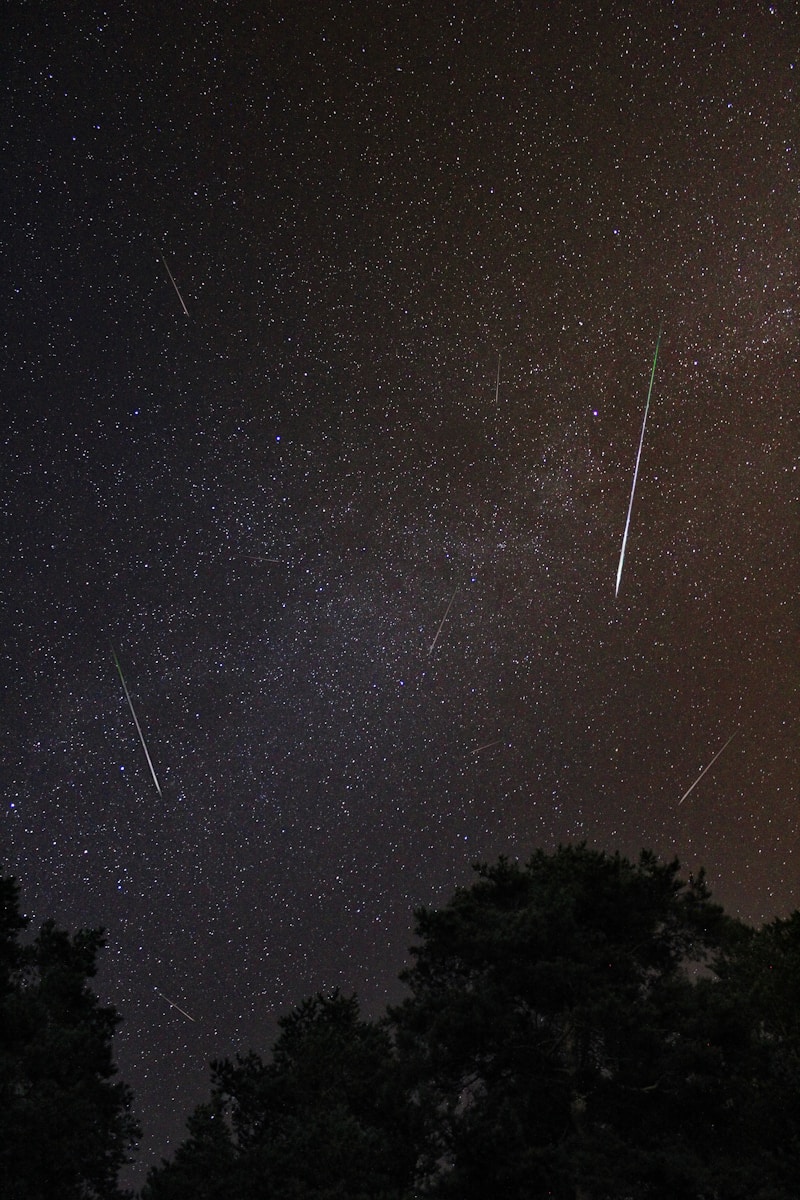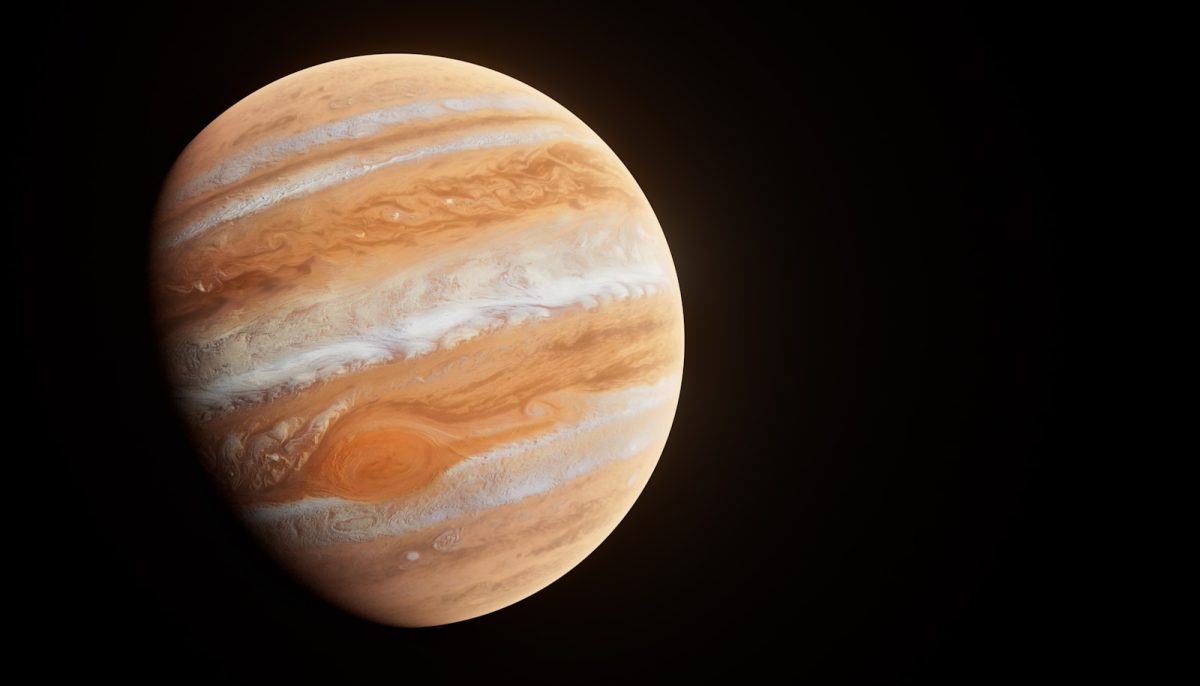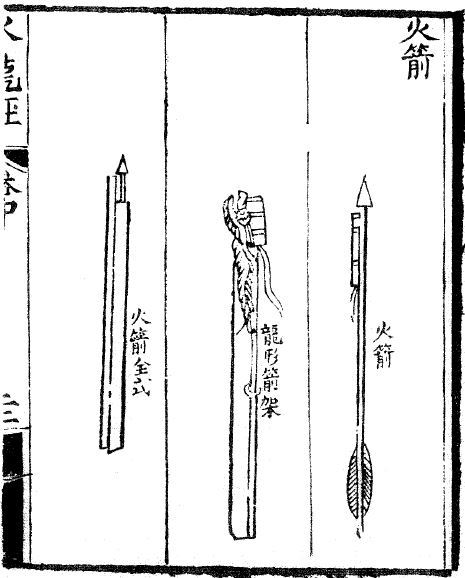
Song Dynasty
Although the Ancient Egyptians & Greeks had the initial idea for rockets. The first “proper rockets” date as far back as the 10th centaury Song dynasty (now today China). These rockets were used as propulsion systems for fireworks or arrows of several types, and were fueled with gunpowder. Although some experts argue the gunpowder formula at the time wasn’t suitiable for rocket fuel.
The late 17th centaury.
This technology eventually spreads to many places like India & Britain, and would still be used a lot as “arrow propulsion systems” for the military or as fireworks for events. experiments on multistage rockets would be seen after a Polish-Lithuanian general wrote the book: “The Complete Art of Artillery” which included designs for rockets and multistage rockets which would become fundamental principles in reaching outer space at least according to Nasa.
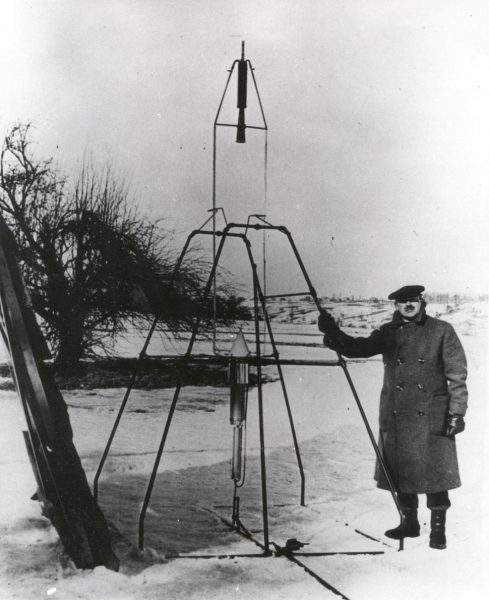
Goddard 1.
Inspired by & his personal interest in rockets & other rocketry scientist’s work. Robert Goddard conducted serious research on rockets, which concluded with it being improved in multiple ways, such burning fuel in small combustion chambers & using the De Laval nozzle.
Goddard would set a record to make the 1st ever liquid propellant rocket. After this, he continued to evolve his rocket designs, eventually adding avionics & much more. The issue was his research was very under-funded, at least from the U.S. Many countries like Germany & the USSR were taking notes from Goddard’s research & investing into their rocket programs.
Second World War.
Prior to this, rockets weren’t used much in war, but now they would be used to launch explosives at enemies. During the second world war, Stalin would issue a development & deployment of an experimental unit of rocket artillery vehicles dubbed “Katyusha” to the city of Stalingrad.
Germany with the help of Hermann Oberth, would go on to develop the V2 rocket/missile. It had similar function/features to a modern rocket, being launched vertically & having guidance systems with much more. Germany would use the V2 in many battles, while being very inaccurate & not altering the war much, it still left devastating results during operation & demonstrated the lethality & potential of guided procesion rockets as weapons.
Post WW2 & The Cold War.
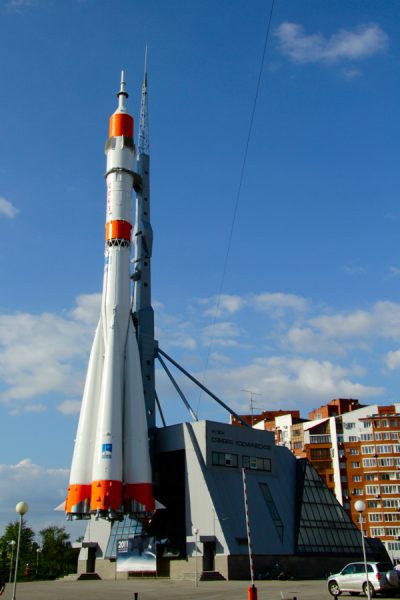
After the 2nd world war, many rocket engineers working for Germany fled to either the U.S. or the USSR to bolster their rocket programs.
People like Von Braun, a forerunner in the German rocket program, would immigrate to the U.S. He wasn’t a big fan of using rockets for war & instead specialised them for space exploration. His knowledge helped Naca (forerunner of Nasa) research new but crucial elements in going to space. Experiments on multistage rockets & new tech was carried out on modified captured V2 rockets.
Helmut Gröttrup, would emigrate to the USSR, to which helped the R-1, later the R-7. The USSR used the R-7 to launch the 1st satellite Sputnik 1 into space, later sending a dog & even a person, Yuri Gagarin into space.
Apollo.
Rockets became very important in the Cold war, not to only launch nukes at each other, but to gain recognition in the new brewing space-race
The USSR aforementioned was leading the space-race early on which prompted both sides to continuously develop rocket technology to beat each other in space. In 1962, president Kennedy promised a man on the moon by 1970, Von Braun along with many others would develop the Saturn V to make the journey possible. The U.S. would make 6 landings on the moon while the USSR with its tiny economy couldn’t keep up and cried uncle itself out of the cold war.
Today.
With the U.S. remaining the major player in space exploration, they began the space shuttle program in 1981 with reusable Solid rocket boosters (SRBS) & the reusable orbiter, 2 accidents later, the program would be discontinued.
Private space corporations like SpaceX begins making their own rockets with better tech than before. The Artemis program plans to revisit the moon & prep the stages for future human ventures to Mars.
Related Stories:
- https://en.wikipedia.org/wiki/History_of_rockets#:~:text=The%20first%20rockets%20were%20used,appear%20until%20the%2013th%20century.
- https://www.space.com/29295-rocket-history.html
- https://www.nasa.gov/history/95-years-ago-goddards-first-liquid-fueled-rocket/
- https://www.grc.nasa.gov/www/k-12/TRC/Rockets/history_of_rockets.html
- https://www.sciencelearn.org.nz/resources/1868-brief-history-of-rockets-timeline
Take Action:
(Credit to https://esteemstream.news/86790/transportation/space/saturn-will-lose-its-rings for it’s take actions)
